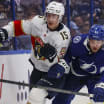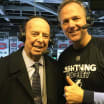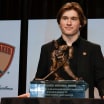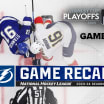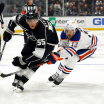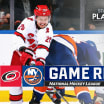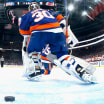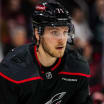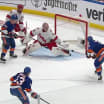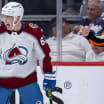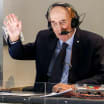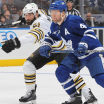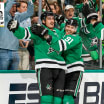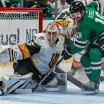Every offseason, each front office across the NHL has specific priorities to address from its unique set of needs. Some are looking for help on special teams, others want to improve their goaltending situation, and there are those searching for another option in the shootout.
Modern hockey analytics can help identify a team's needs, and how successfully those needs have been addressed during the offseason. From a statistical perspective, here are the teams that have improved the most this offseason in six categories: coaching, power play, penalty kill, shootout, hitting and goaltending.
Statistics predict which teams will benefit most from moves
Stars should improve with Hitchcock as coach; Shattenkirk will boost Rangers power play
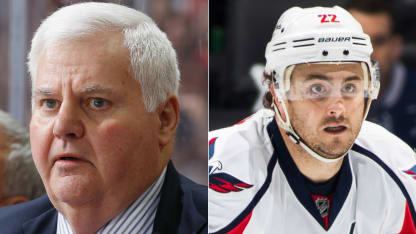
© Getty Images
Andrew Barroway on the Arizona Coyotes' offseason
